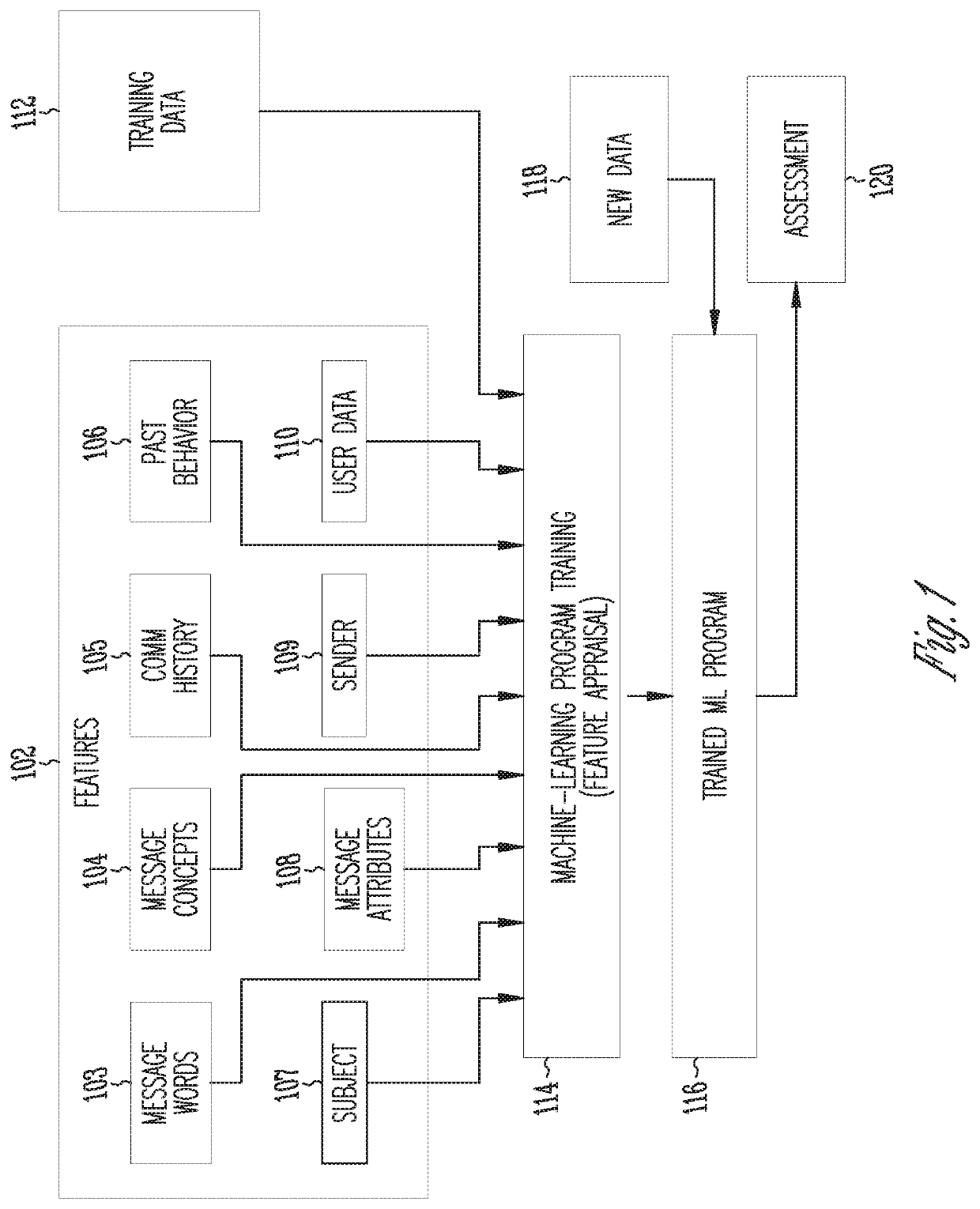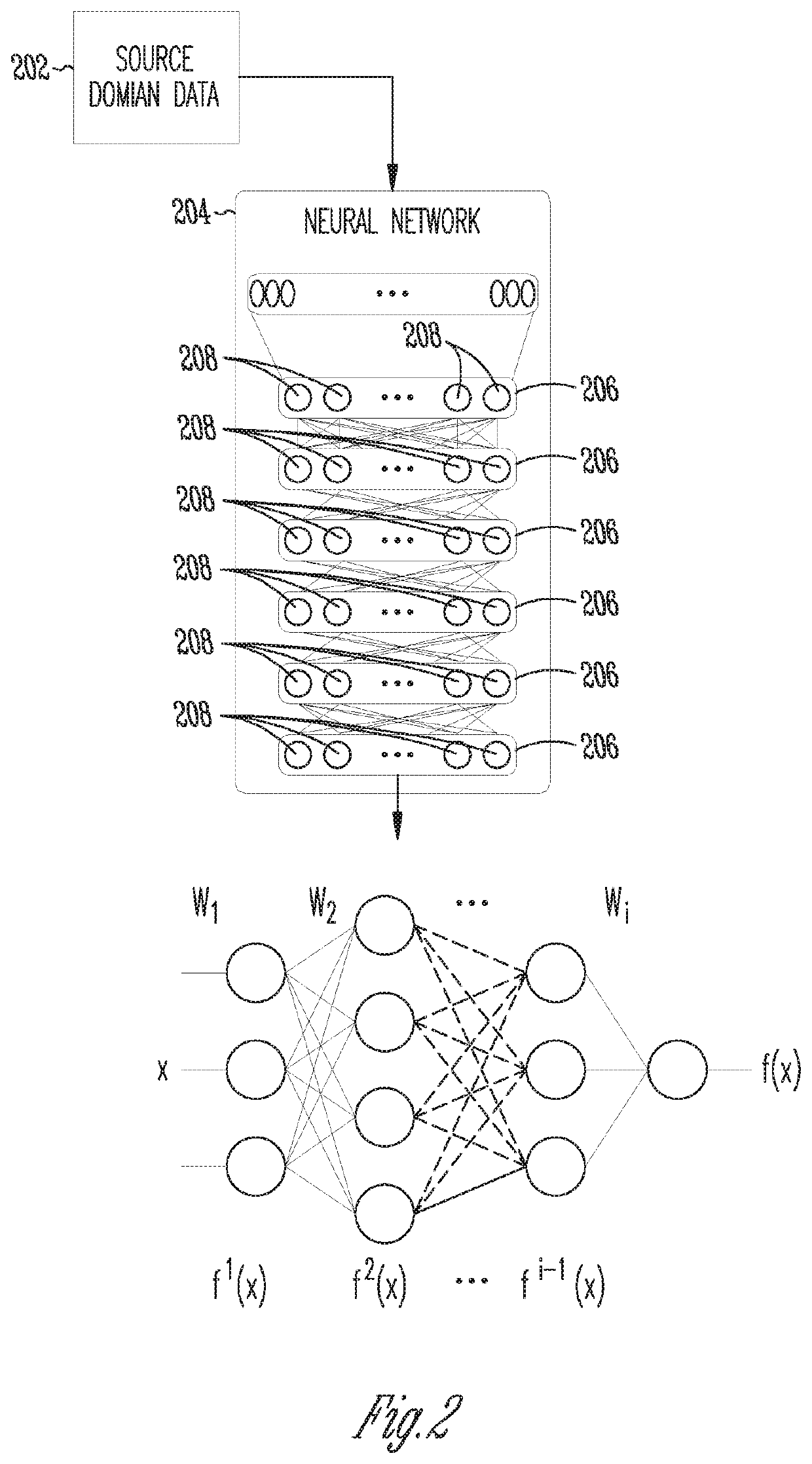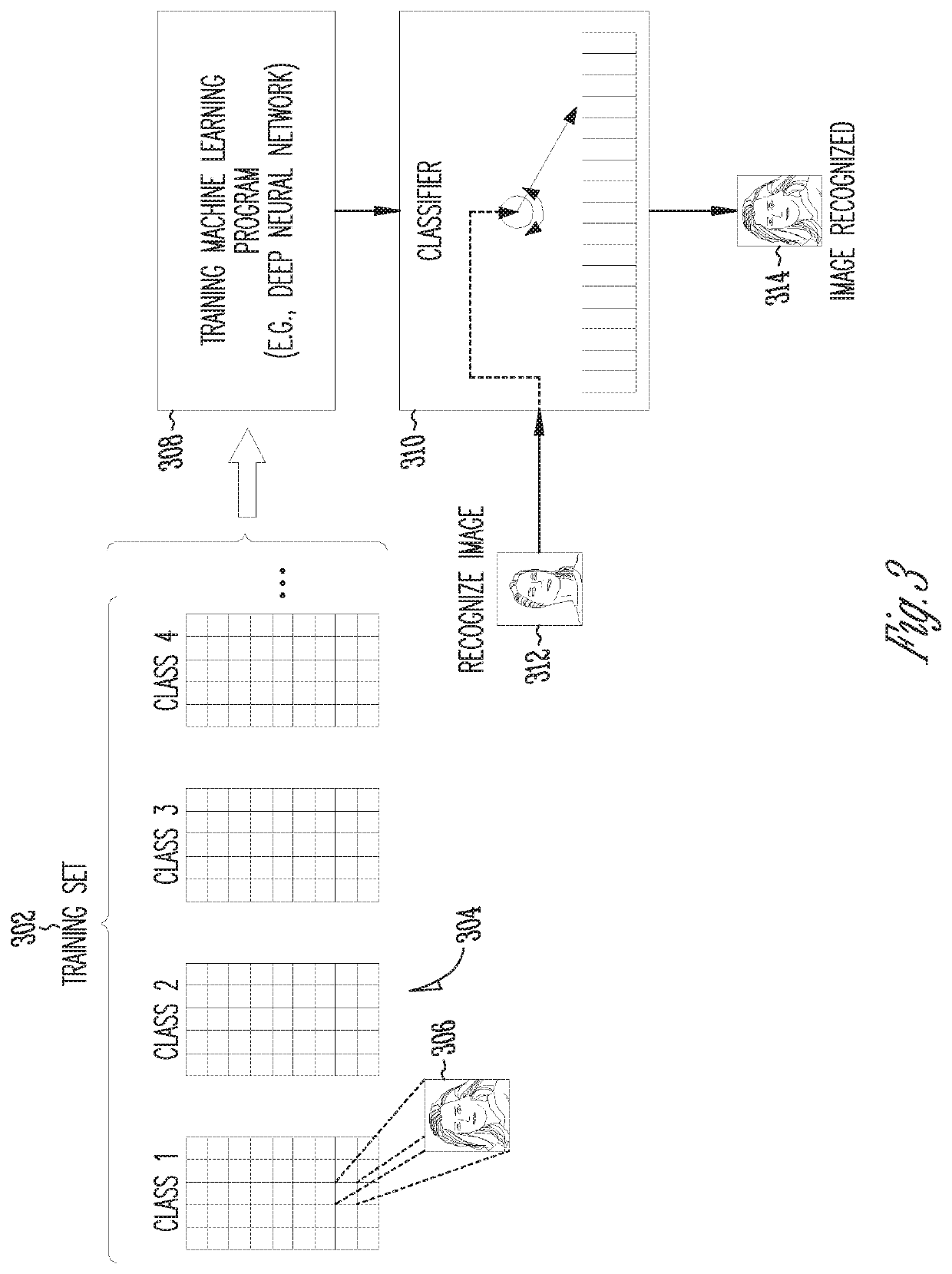Computer architecture for identifying sleep stages
a computer architecture and sleep technology, applied in the field of computer architecture, can solve the problems of classification problems and regression problems, and no mechanism to monitor the progress of patients' cpap
- Summary
- Abstract
- Description
- Claims
- Application Information
AI Technical Summary
Benefits of technology
Problems solved by technology
Method used
Image
Examples
Embodiment Construction
[0017]The following description and the drawings sufficiently illustrate. specific embodiments to enable those skilled in the art to practice them. Other embodiments may incorporate structural, logical, electrical, process, and other changes. Portions and features of some embodiments may be included in, or substituted for, those of other embodiments. Embodiments set forth in the claims encompass all available equivalents of those claims.
[0018]Sleep apnea is a medical condition involving airway collapse during sleep resulting in reduced oxygen supply to the brain and patient to wake. Sleep apnea is most commonly treated with Continuous Positive Air Pressure (CPAP) therapy. CPAP is an in-home therapy where patients wear a mask with adaptive pressure during the sleep. Presently, however, there is no mechanism to monitor a patient's progress with CPAP, though doctors get real-time pressure-flow data. Accurate sleep stages from CPAP is useful for such a mechanism. Some aspects are direct...
PUM
 Login to View More
Login to View More Abstract
Description
Claims
Application Information
 Login to View More
Login to View More - R&D
- Intellectual Property
- Life Sciences
- Materials
- Tech Scout
- Unparalleled Data Quality
- Higher Quality Content
- 60% Fewer Hallucinations
Browse by: Latest US Patents, China's latest patents, Technical Efficacy Thesaurus, Application Domain, Technology Topic, Popular Technical Reports.
© 2025 PatSnap. All rights reserved.Legal|Privacy policy|Modern Slavery Act Transparency Statement|Sitemap|About US| Contact US: help@patsnap.com



